Fauna
Some people talk to animals. Not many listen though. That's the problem. Winnie the Pooh-
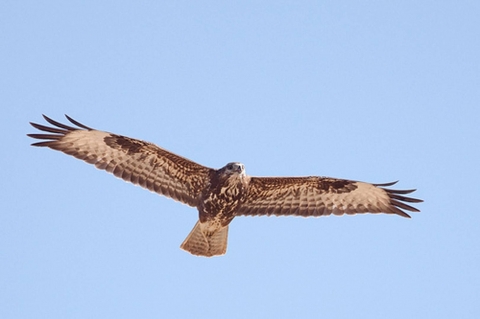
Eagle of Buzzard
Latin name:
Buteo buteo
Description:
It is the most common bird of prey, easy to identify because it flies in circles and for its size.
-
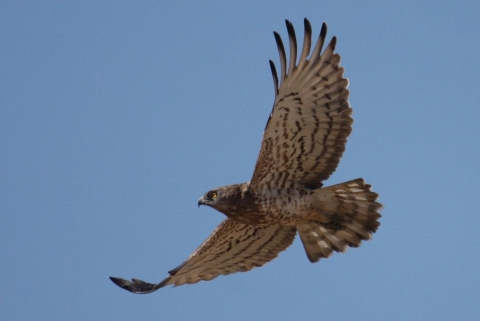
Short-toed Eagle
Latin name:
Circaetus gallicus
Description:It is the largest bird in Fatima. Its nests are usually in pine forests and they are regularly observed hunting reptiles in fallow land and forests.
-
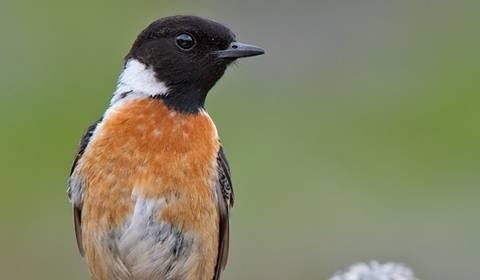
Stonechat
Latin name:
Saxicola torquata
Description:
Attends agricultural and fallow land. It is one of the species that best fits burnt areas.
-
.jpg)
Blue Tit
Latin name:
Parus caeruleus
Description:
Although very small, it’s a fearless bird, which moves through the branches of the trees right above our heads, in frantic movements. It is one of the most colorful species of forest birds in the country.
-
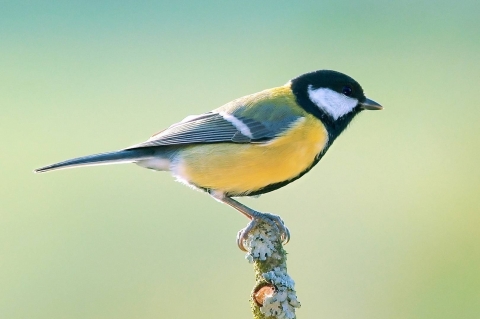
Great Tit
Latin name:
Parus major
Description:
Very small species, easier to hear than to observe. By its magnificent colorful plumage, it is worth seeking in the woods.
-
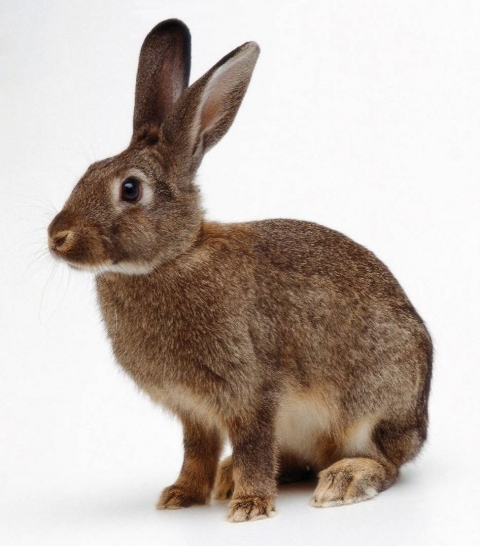
Wild rabbit
Latin name:
Oryctolagus cuniculus
Description:
It is a common animal that is found in various habitats, preferring areas of edges of forests once it gives them shelter and food.
-
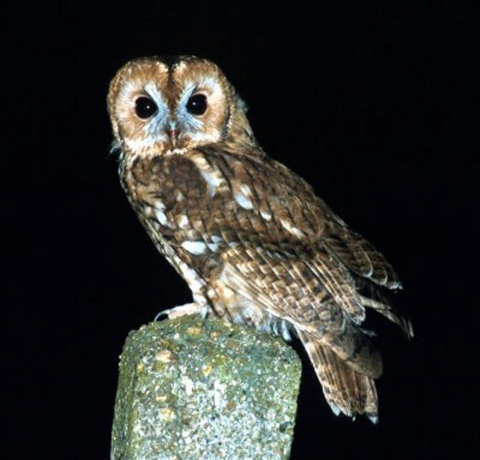
Owl of the woods
Latin name:
Strix aluco
Description:
Attends to the various types of woods, but only make nests in large trees such as holmoaks and oaks.
-
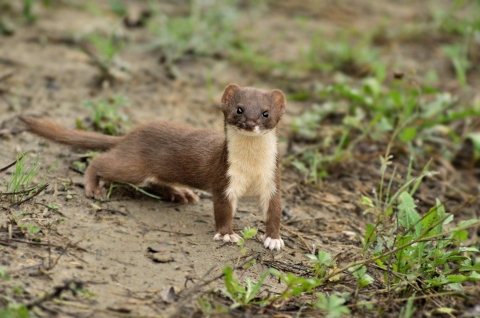
Least weasel
Latin name:
Mustela nivalis
Description:
Predator of small animals, it has the habit of assaulting the henneries and hutches in rural areas. They can be found near the ancient walls of limestone that divide the properties.
-
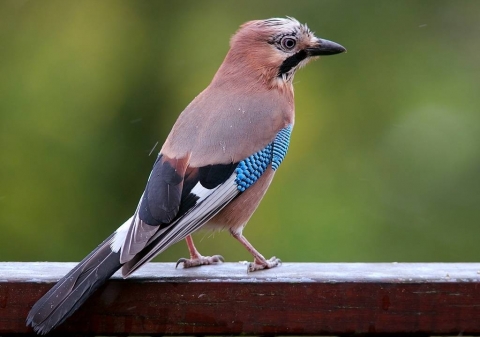
Jay
Latin name:
Garrulus glandarius
Description:
It is a very shy bird and it is easier to hear it than watch it. It is considered a master in the art of imitating the singing of many species of forest birds.
-
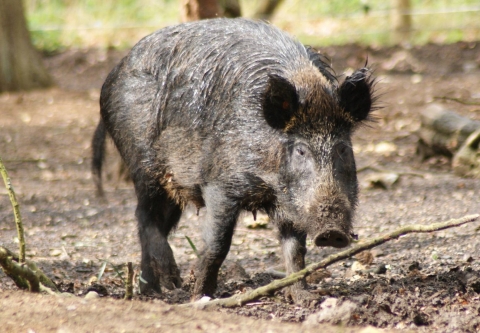
Boar
Latin name:
Sus scrofa
Description:
The higher animal in the region appears in areas of the Mediterranean forest where he spends the day in the shelter and feeding on the surrounding clearings and sometimes on agricultural land, not approaching more urbanized areas.
-
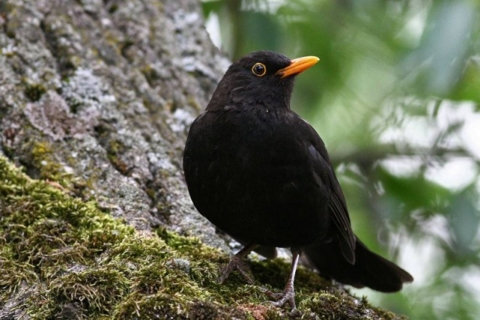
Blackbirds
Latin name:
Turdus merula
Description:
Characterized by black matte down, they are distributed throughout the country in all kinds of areas, urban or rural, since they are well adapted to humanized spaces.
-
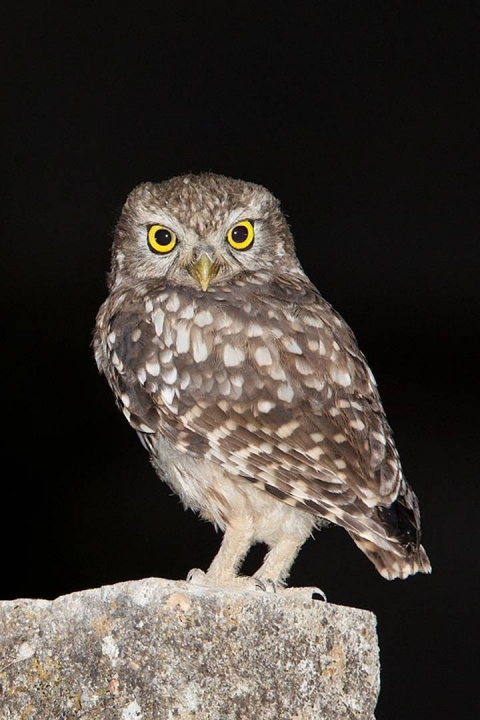
Little Owl
Latin name:
Athene noctua
Description:
Despite being a nocturnal bird, it is common to find in activity in the evening, lying in agroforestry areas such as olive groves.
-
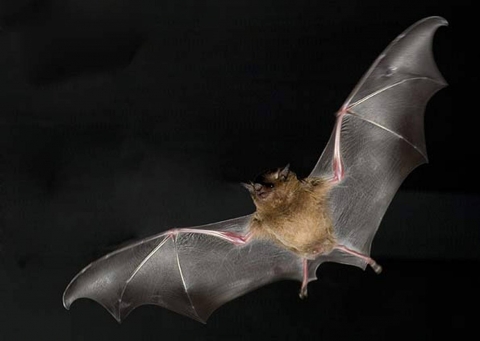
Bat
Description:
Bats are the most vulnerable mammals in the area, once they are endangered. They feed exclusively on insects that they hunt at night. During the day, they take refuge in dark shelters, preferably in caves and grottos.
-
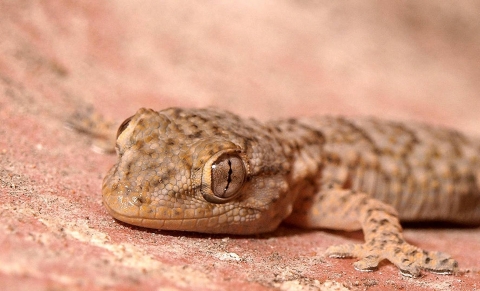
Gecko
Latin name:
Tarentola mauritanica
Description:
The gecko is a small lizard that arises in rural areas associated with buildings as old tanks.
-
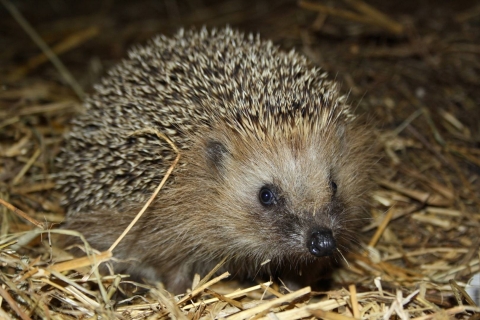
Hedgehog
Latin name:
Erinaceus europaeus
Description:
It is a typical animal of the region. It has the body covered with thorns that serve as defense against predators.
-
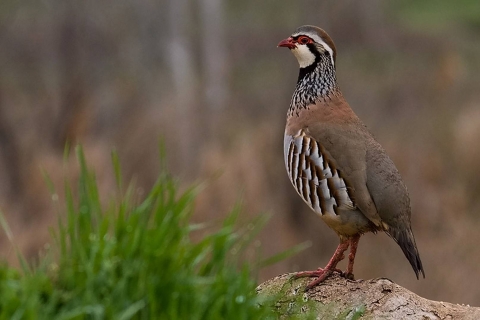
Partridges
Latin name:
Alectoris rufa
Description:
It is a very common species throughout the country, except the coast, so it is usual to find a partridge flock to cross the road. For its looks is unmistakable. It is very coveted by hunters.
-
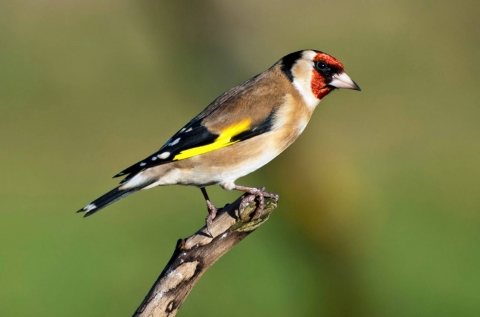
Goldfinches
Latin name:
Carduelis carduelis
Description:
This little bird is very common, recognizable by their red mask. During the spring it can be seen singing in the tops of trees, antennas, poles and roofs. In winter adds up often in sizeable flocks that can join hundreds of birds. Adaptable, dwells anywhere, avoiding only wooded areas and high altitude.
-
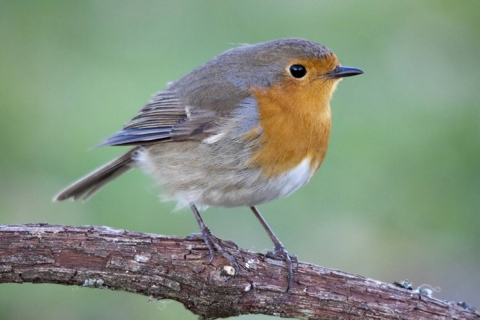
Robins-breasted-red
Latin name:
Erithacus rubecula
Description:
It is characterized by being a bird that sings at any time of year. It’s more present in the north, but it migrates south for the winter with the arrival of wintering birds from Central and Northern Europe.
-
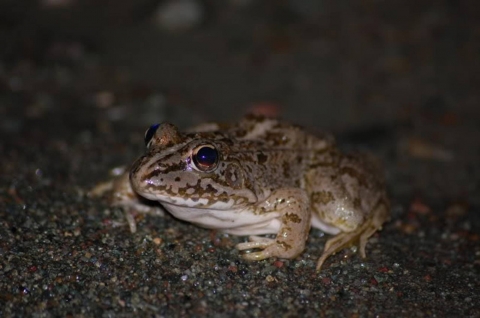
Green Frog
Latin name:
Rana perezi
Description:
It is the most common amphibian in the area and easy to identify by their distinctive croaking.
-
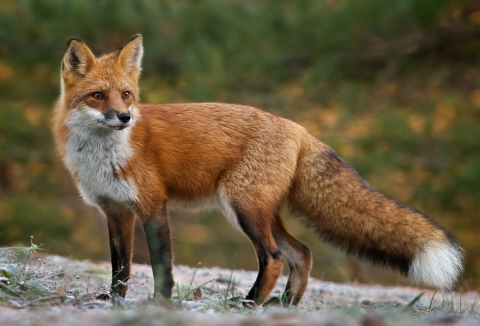
Fox
Latin name:
Vulpes vulpes
Description:
Small animals predator, they usually hide in holm and you can often find them close to homes searching for food.
-
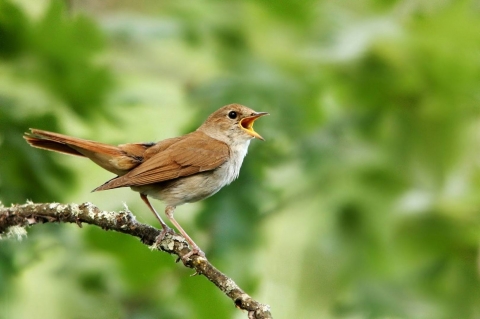
Common Nightingale
Latin name:
Luscinia megarhynchos
Description:
It's a bird with very varied whistle, with different sequences of musical notes. It appears in spring, singing endlessly throughout the night.
-
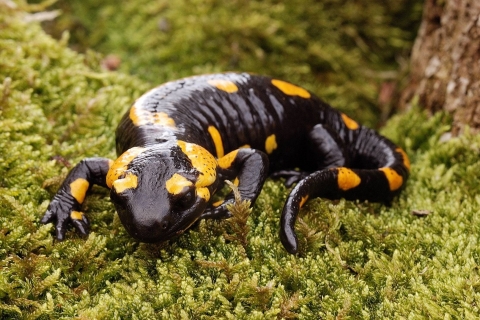
Spotted Salamander
Latin name:
Salamandra Salamandra
Description:
Amphibious of night habits, they are and fully terrestrial, seeking for aquatic environments only to lay eggs. They feed on terrestrial invertebrates.
-
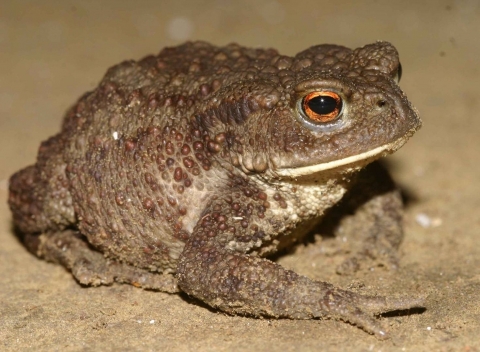
Common toad
Latin name:
Bufo bufo
Description:
Skin color may vary depending on the temperature, humidity and the type of substrate, being lighter in more humid areas. It is observed more easily when it rains. Despite being one of the largest Portuguese frogs, tadpoles are one of the smaller ones. Females also have the particularity of reaching more than double the size of the males.
-
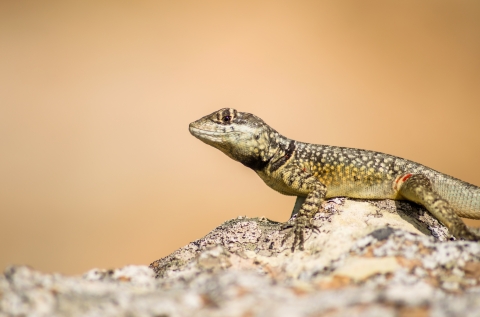
Green lizard
Latin name:
Lacerta lepida
Description:
It is considered the largest European lizard, being located on this continent only in the Iberian Peninsula and southern France. It can reach 80cm in length, including the tail.
-
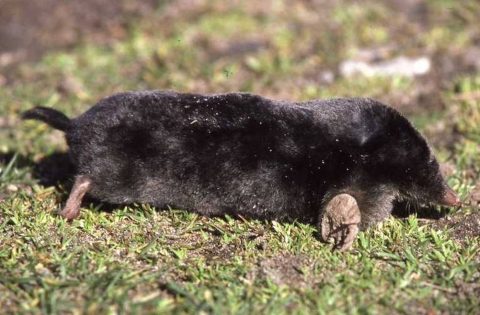
Mole
Latin name:
Talpa europea
Description:
They are mainly on agricultural land where they live in galleries that they dig, which are identified by the mounds of land that is at the entrance.
-
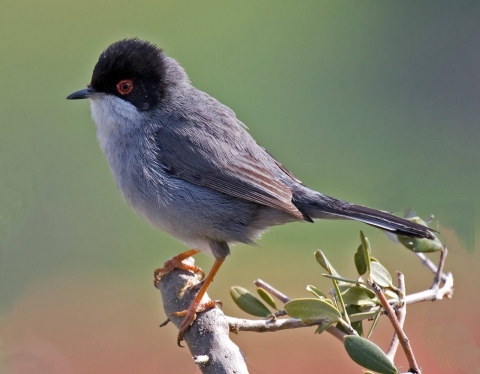
Warbler-to-head black
Latin name:
Sylvia melanocephala
Description:
It is a species characterized by its chirping that resembles a rattle. It is a fairly abundant species and well adapted to the area of woods, forests and even in urban gardens.
-
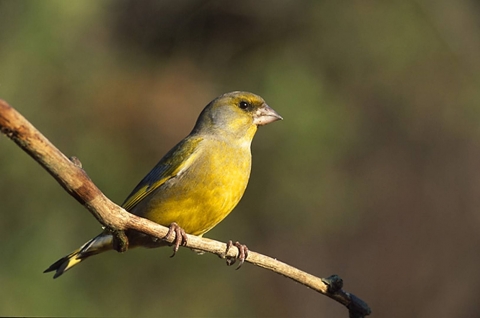
Greenfinches
Latin name:
Carduelis chloris
Description:
very common species throughout the country, has been sedentary, although the birds migrate from North to the South in the cooler seasons.
